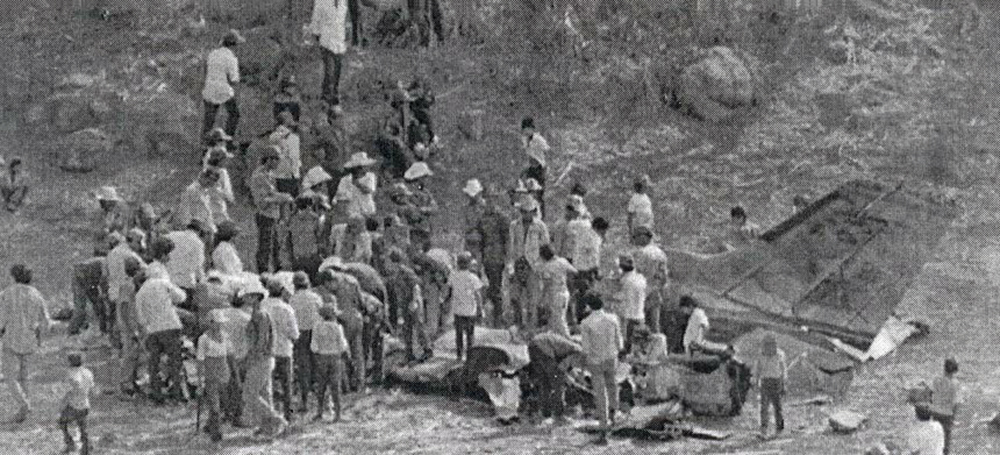Crash of a Cessna 402B in Tullahoma: 1 killed
Date & Time:
Mar 23, 1993 at 0328 LT
Registration:
N405PC
Survivors:
No
Schedule:
Tullahoma - Harrisburg
MSN:
402B-1381
YOM:
1978
Crew on board:
1
Crew fatalities:
Pax on board:
0
Pax fatalities:
Other fatalities:
Total fatalities:
1
Aircraft flight hours:
7693
Circumstances:
A witness reported that the airplane used the entire runway to get airborne, reached about 300 feet agl after liftoff, and drifted right. It then impacted trees about 1/3 mile from the departure end of the runway. Damage to the trees indicated that the airplane was in a right bank at impact. Both propellers showed evidence of rotation at impact. Estimated weight calculations showed that the airplane was at least 165 lbs in excess of max gross weight; this does not include an unknown amount of fuel on board prior to the last refueling. The pilot, sole on board, was killed.
Probable cause:
The pilot's failure to maintain control of the airplane during takeoff. Factors which contributed to the accident were: the pilot's failure to ensure that the airplane maximum gross takeoff weight was not exceeded, the dark night, and rain.
Final Report:



